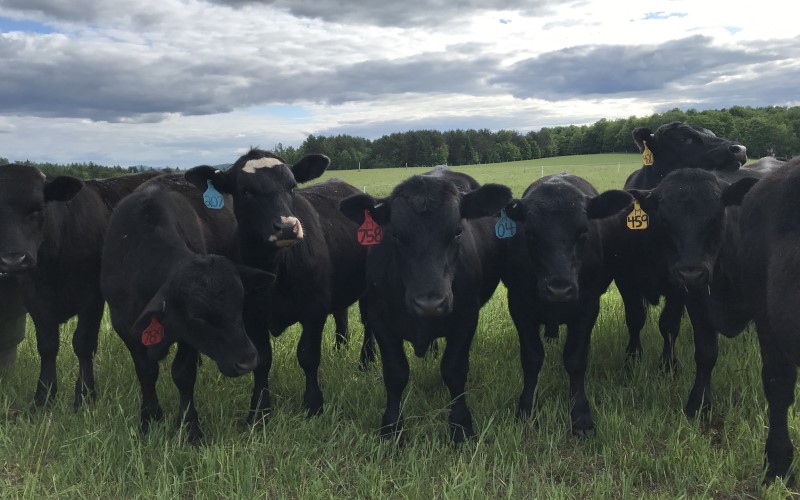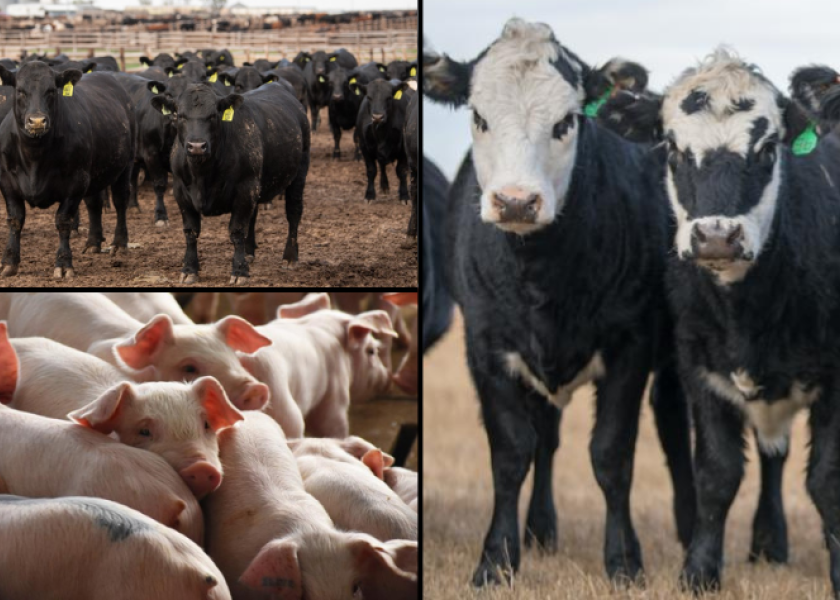Bagley Risk Management : Protecting Your Service Future
Bagley Risk Management : Protecting Your Service Future
Blog Article
Comprehending Livestock Threat Protection (LRP) Insurance Coverage: A Comprehensive Overview
Navigating the realm of animals threat security (LRP) insurance coverage can be a complex endeavor for many in the farming market. This sort of insurance coverage uses a security web versus market changes and unpredicted circumstances that could affect animals producers. By understanding the details of LRP insurance policy, producers can make enlightened choices that may secure their procedures from financial threats. From how LRP insurance coverage works to the various insurance coverage alternatives offered, there is much to discover in this comprehensive guide that can potentially form the means livestock manufacturers come close to threat administration in their services.

Just How LRP Insurance Works
Sometimes, comprehending the auto mechanics of Animals Threat Security (LRP) insurance coverage can be complicated, but damaging down just how it works can provide clarity for farmers and breeders. LRP insurance coverage is a danger management tool created to shield animals manufacturers against unforeseen price decreases. The policy enables manufacturers to set a protection level based upon their details needs, selecting the number of head, weight range, and coverage rate. As soon as the plan is in location, if market value fall below the insurance coverage price, producers can sue for the difference. It is essential to note that LRP insurance policy is not a revenue guarantee; rather, it focuses solely on cost danger protection. The protection period generally ranges from 13 to 52 weeks, supplying versatility for manufacturers to pick a duration that lines up with their manufacturing cycle. By making use of LRP insurance policy, herdsmans and farmers can alleviate the financial dangers related to rising and fall market value, making certain higher stability in their operations.
Qualification and Coverage Options

When it pertains to insurance coverage options, LRP insurance uses manufacturers the adaptability to select the protection degree, insurance coverage duration, and recommendations that ideal suit their threat administration needs. Insurance coverage levels commonly range from 70% to 100% of the anticipated ending worth of the insured animals. Producers can also select coverage durations that align with their production cycle, whether they are guaranteeing feeder livestock, fed cattle, swine, or lamb. Recommendations such as price risk protection can even more tailor coverage to safeguard versus damaging market fluctuations. By comprehending the qualification requirements and coverage options available, animals manufacturers can make enlightened decisions to take care of threat effectively.
Advantages And Disadvantages of LRP Insurance Policy
When evaluating Animals Danger Defense (LRP) insurance, it is essential for animals manufacturers to consider the advantages and negative aspects intrinsic in this threat management tool.

One of the primary benefits of LRP insurance policy is its ability to give security against a decline in animals rates. This can help guard producers from financial losses arising from market variations. Furthermore, LRP insurance supplies a degree of adaptability, permitting producers to personalize insurance coverage degrees and policy durations to fit their specific requirements. By securing a guaranteed price for their livestock, producers can better manage risk and plan for the future.
One limitation of LRP insurance coverage is that it does not protect versus all kinds of threats, such as illness break outs or all-natural calamities. It is essential for producers to very carefully analyze their specific risk exposure and economic situation to identify if LRP insurance policy is the appropriate risk management tool for their procedure.
Recognizing LRP Insurance Premiums

Tips for Making The Most Of LRP Advantages
Optimizing the benefits of Livestock Danger Protection (LRP) insurance policy requires critical preparation and aggressive risk administration - Bagley Risk Management. To make the most of your LRP protection, take into consideration the following suggestions:
Consistently Evaluate Market Conditions: Remain informed concerning market patterns and rate variations in the livestock market. By checking these variables, you can make enlightened choices about when to buy LRP coverage to protect versus possible losses.
Set Realistic Protection Levels: When picking coverage levels, consider your production prices, market worth of livestock, and prospective risks - Bagley Risk Management. Establishing realistic protection degrees ensures that you are appropriately protected without paying too much for unnecessary insurance coverage
Expand Your Insurance Coverage: As opposed to depending entirely on LRP insurance policy, take into consideration diversifying your threat administration methods. Incorporating LRP with various other threat management devices such as futures agreements or options can give extensive protection versus market unpredictabilities.
Evaluation and Readjust Protection Routinely: As market problems transform, regularly review your LRP coverage to ensure it aligns with your present threat direct exposure. Readjusting insurance coverage levels and timing of purchases can assist enhance your risk security strategy. By following these suggestions, you can make best use of the advantages of LRP insurance and guard your animals procedure against unexpected threats.
Conclusion
In verdict, livestock danger defense (LRP) insurance policy is a valuable device for farmers to manage the monetary risks connected with their animals procedures. By comprehending exactly how LRP functions, qualification and protection options, along with the pros and disadvantages of this insurance, farmers can make enlightened decisions to protect their livelihoods. By thoroughly taking into consideration LRP premiums and executing techniques to take full advantage of advantages, farmers can alleviate potential losses and guarantee the sustainability go to website of their procedures.
Livestock producers interested in acquiring Animals Threat Protection (LRP) insurance policy can check out a range of qualification standards and protection choices customized to their details livestock operations.When it comes to coverage options, LRP insurance policy uses manufacturers the adaptability to pick the coverage level, coverage period, and endorsements that best match their danger administration needs.To comprehend the complexities of Livestock Risk Protection (LRP) insurance policy fully, comprehending the variables influencing LRP insurance coverage costs is essential. LRP insurance costs are determined by numerous aspects, including the protection degree selected, the expected price of livestock at the end of the protection period, the kind of animals being insured, and the size of the insurance coverage duration.Evaluation and Change read review Coverage Routinely: As market conditions change, regularly evaluate your LRP protection to ensure it straightens with your existing risk exposure.
Report this page